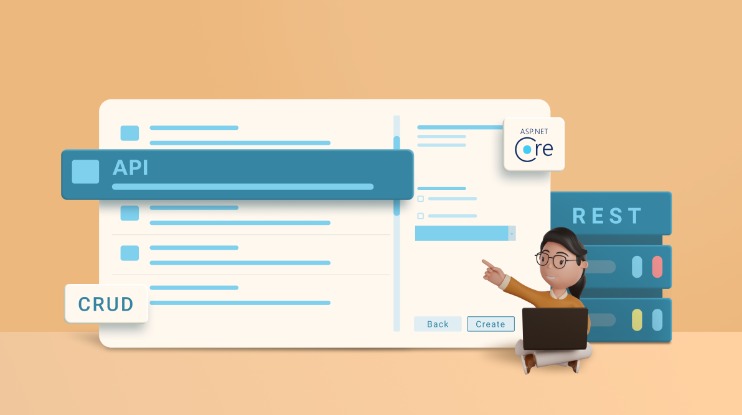Identify and resolve vulnerabilities, leaving no potential entry points exposed. It is necessary to make sure that request knowledge is correctly analyzed and validated to prevent potential vulnerabilities that can be exploited by attackers. Failure to take action can go away systems open to command or SQL injection assaults, which might have extreme penalties such as unauthorized access or execution of malicious commands. Continuous safety involves continuously monitoring and improving the security of an API over its lifecycle. This approach helps to guarantee that an API is safe and compliant with relevant laws and standards, and might help organizations to shortly determine and handle potential security vulnerabilities or risks. For example, if a company has an API that enables access to customer information, it may classify this data as delicate and implement security measures to make certain that solely licensed individuals can entry the data.
Keep Away From Exposing Unnecessary Information In Apis Outputs
- They do this by validating API keys, tokens, and other credentials offered within the requests.
- SOAP’s built-in WS-Security standard makes use of XML Encryption, XML Signature, and SAML tokens to deal with transactional messaging safety considerations.
- Implement your individual data cleansing and validation routines server side to stop standard injection flaws and cross-site request forgery assaults.
- It also can create efficiency points, as returning unnecessary data can increase the size of API responses and decelerate the API.
- It uses SSL (Secure Sockets Layer) or TLS (Transport Layer Security) protocols to encrypt the information transmitted between the consumer and the server.

The particular mechanism to trace authentication state is extremely ssd vps server dependent in your application’s architecture. In an OAuth 2.zero structure, the client interacts with the authorization server to acquire an entry token. This token represents the client’s authority to access APIs on behalf of the user. The consumer consists of this token on any request to the API, permitting the API to make authorization selections. When utilizing JWTs, the middlebox still handles TLS site visitors however forwards the complete request to the API, together with the JWT offered by the client.
Divide & Conquer Strategy In Information Buildings And Algorithms
You can also customise the speed limiting habits based mostly on authenticated users, completely different routes, or a mixture of factors. For instance, you may want to improve the speed restrict for authenticated customers or apply completely different limits for specific resource-intensive endpoints. OAuth2 is a standard that describes how a third-party application can access information from an utility on behalf of a consumer. OAuth2 doesn’t directly deal with authentication and is a extra common framework built primarily for authorization. For example, a user would possibly grant an utility access to view their calendar to find a way to schedule a gathering for you. This would contain an OAuth2 interaction between the consumer, their calendar supplier, and the scheduling utility.
The access token is then included within the API requests to the resource server, which verifies the token and grants or denies entry based mostly on the token’s permissions. This part discusses using API gateways for managing requests and responses, the importance of fee limiting and traffic administration, and the function of API gateways in mediating REST APIs. It highlights how gateways can fortify API security through efficient management and monitoring of API interactions.